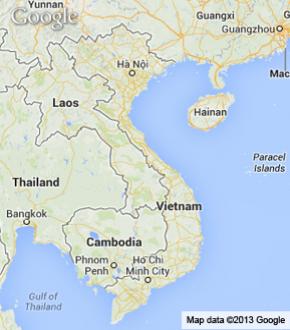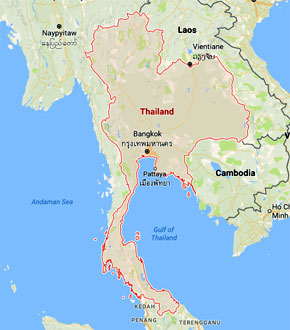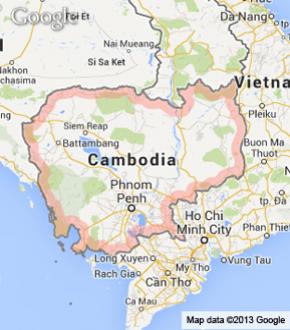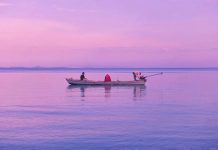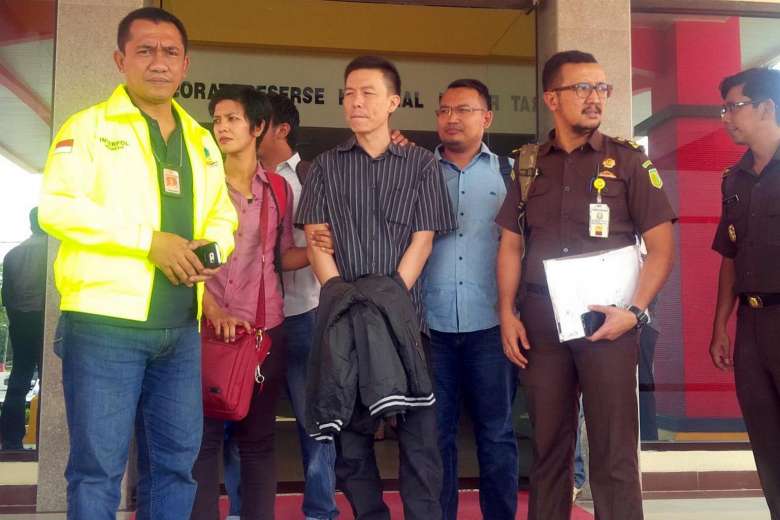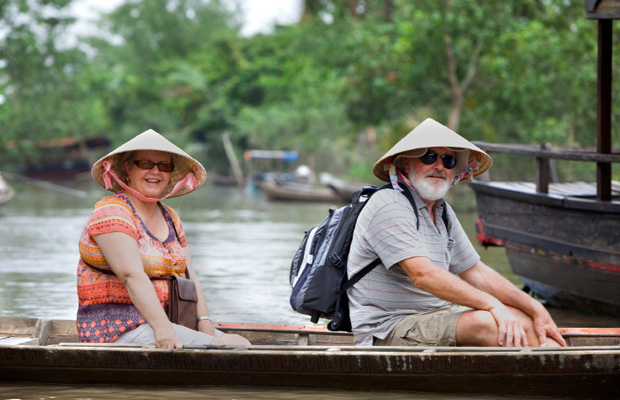This is one of the most fascinating expanses of water in the world. It is a lake and river system in the north of Cambodia, though the river flows throughout the country, emptying into the Mekong River at Phnom Penh. The lake really has to be included on any Siem Reap tour. The difference in its size between the dry and wet seasons is nothing short of remarkable. In the dry season it is little more than 3 feet deep and covers an area of one thousand square miles. However when the monsoon rains come, the lake swells to an incredible 30 feet deep and covers an area of sixteen thousand square miles. This amazing transformation is so dramatic that it actually changes the directional flow of water in the Tonlé Sap River.
The lake and river is of enormous economic importance to the people of the region. Many make their living from the water in either a direct or indirect way. The fishermen on the lake itself, and the farmers who work the land surrounding it, rely on the nutrient rich waters every wet season. The lake is home to some of Cambodia’s most interesting people. The floating villages here are unique. The people live, work and play on the water, often rarely stepping foot on dry land. The children here learn to control small boats from an incredibly early age and learn to swim before they learn to walk.
When the flood waters come, fishing is banned as this is the prime breeding season. As the waters drop, it becomes open season again and the fish rich waters become the focus of intense fishing. This way of life has gone on for generations and ensures that the lake is permanently stocked with millions of fish. The fishing process is simple, but the cleaning and preparation that takes place afterwards in very labour intensive. The men place cone shaped nets into the water as the level drops and fish are caught in enormous numbers. It is not unusual for ten thousand tons to be caught in a single week. Then the women take over, gutting and cleaning the fish by hand, one at a time. They are then salted and left to macerate for several months. The resulting paste, known as partook, is used as a vital condiment in much of the local cuisine. The chances are on any Siem Reap tour, you will be eating meals prepared using this very condiment.
Every year a festival is held to celebrate the reversal of the water in the lake and river system. The famous seven headed snake, the Naga, is the focus of the celebrations. The Naga can be seen throughout the region and anyone taking a Siem Reap tour will see it depicted on bridges and buildings. Legend has it that the Naga was influential in the very formation of the Cambodian Kingdom. 375 teams are involved in the canoe racing that takes place, the winners receiving tremendous prestige. The winners will ‘ensure’ that their villages has the best of luck for the fishing season.
The start of the dry season is also the start of the rice growing season. As the flood waters recede, the rich nutrients left behind provide an excellent growing base for the rice crop. Rice is an integral element to life here and is used as currency to pay for land or other necessities. It is back breaking work and again it is mainly the women that do it.
The system is home to 149 species of fish. Also here are many endangered species of bird including the spot-billed pelican, greater adjutant, Bengal florican, darter, grey-headed fish eagle, and the Manchurian reed warbler. It is also home to the world’s largest population of freshwater snakes and the almost extinct Siamese Crocodile. Many people make a Siem Reap Tour purely to fish for the legendary Mekong Giant Catfish. Growing up to 10 feet in length they can weigh an astonishing 500lbs.
In 1997, UNESCO, named Tonlé Sap as an ecological hotspot. This resulted, in 2001, in the lake and its surrounding provinces becoming the Tonle Sap Biosphere Reserve. This was ordered by a royal decree issued by the government of Cambodia,.


